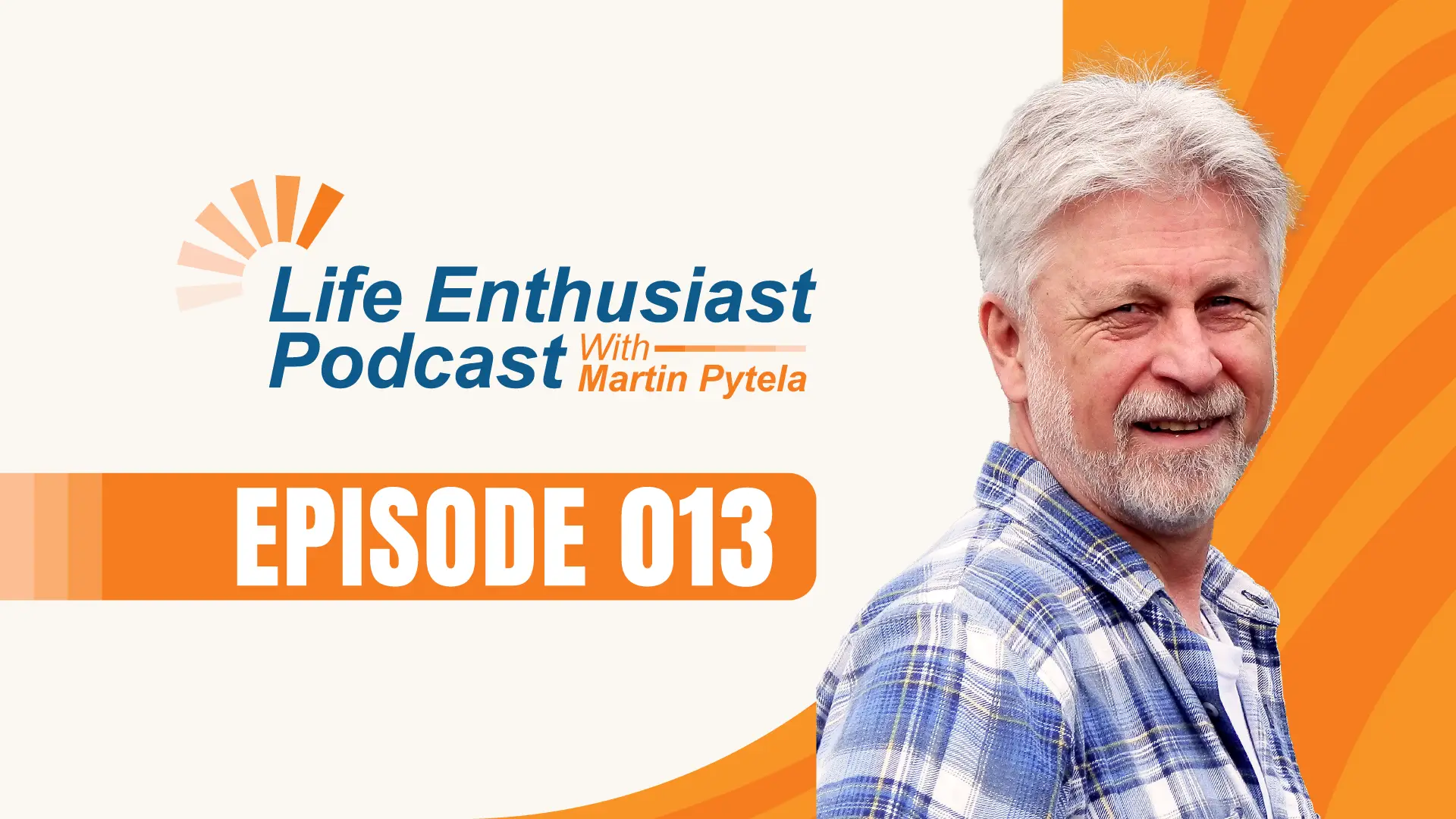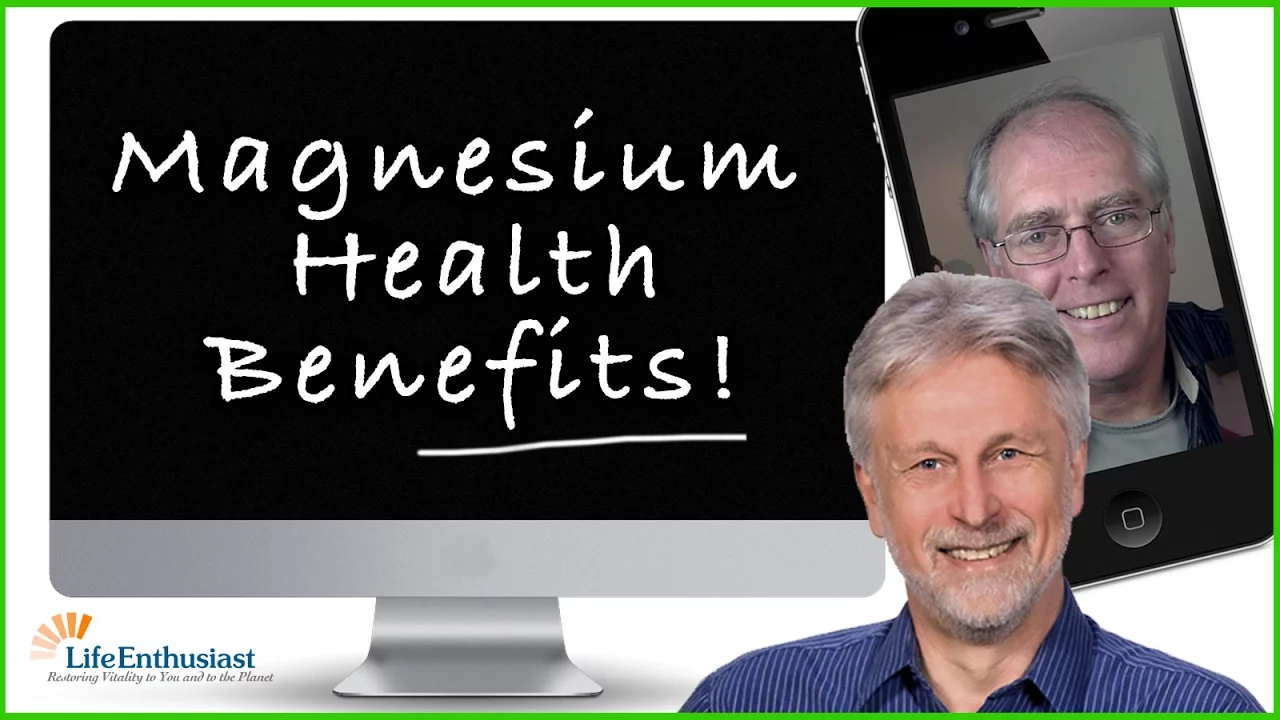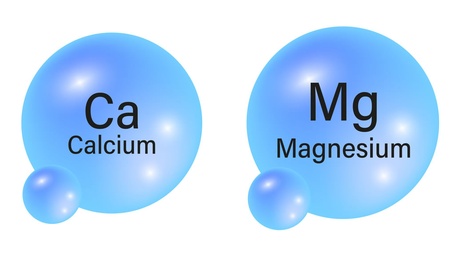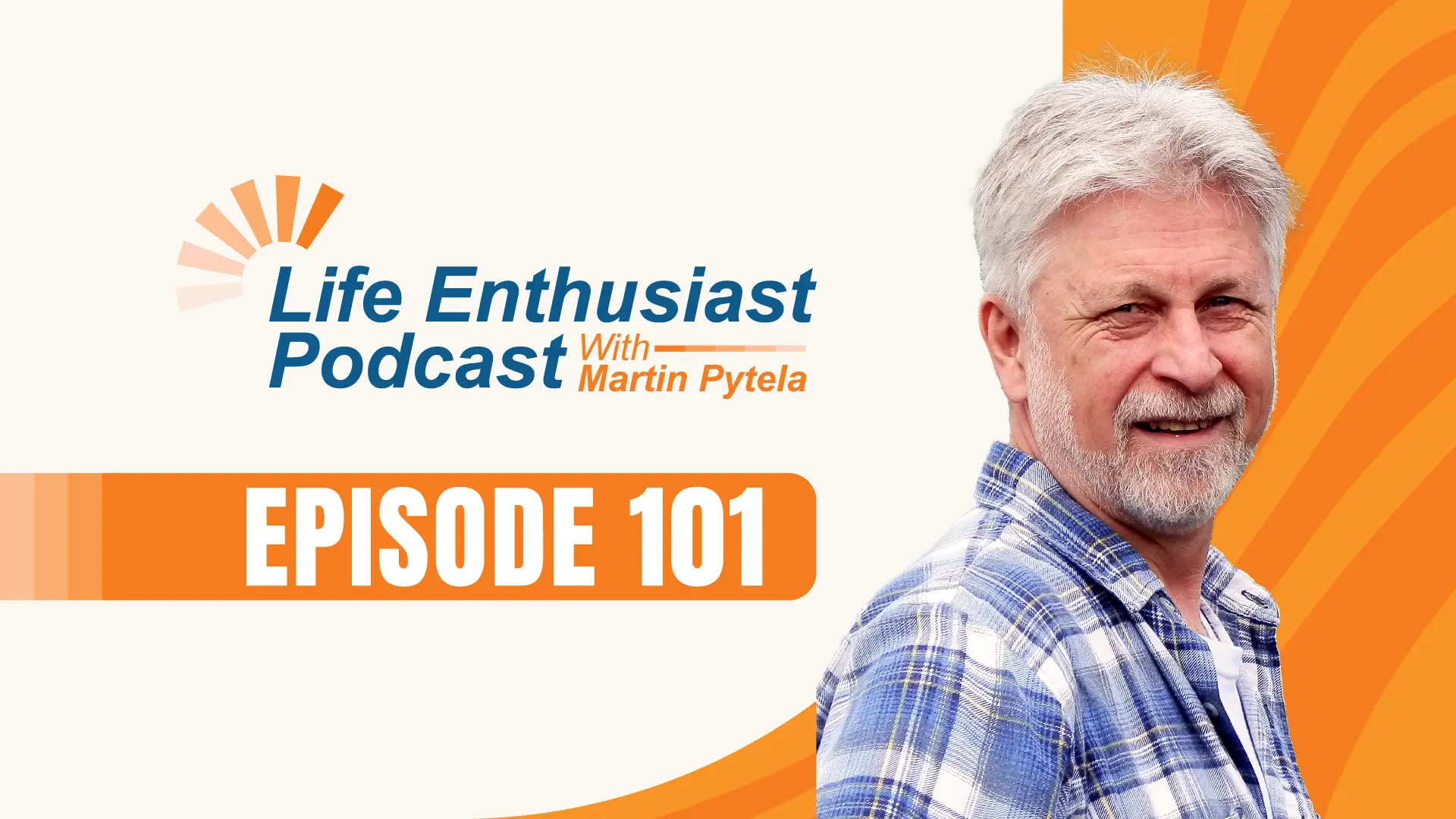- All Products
- Magnesium Oil
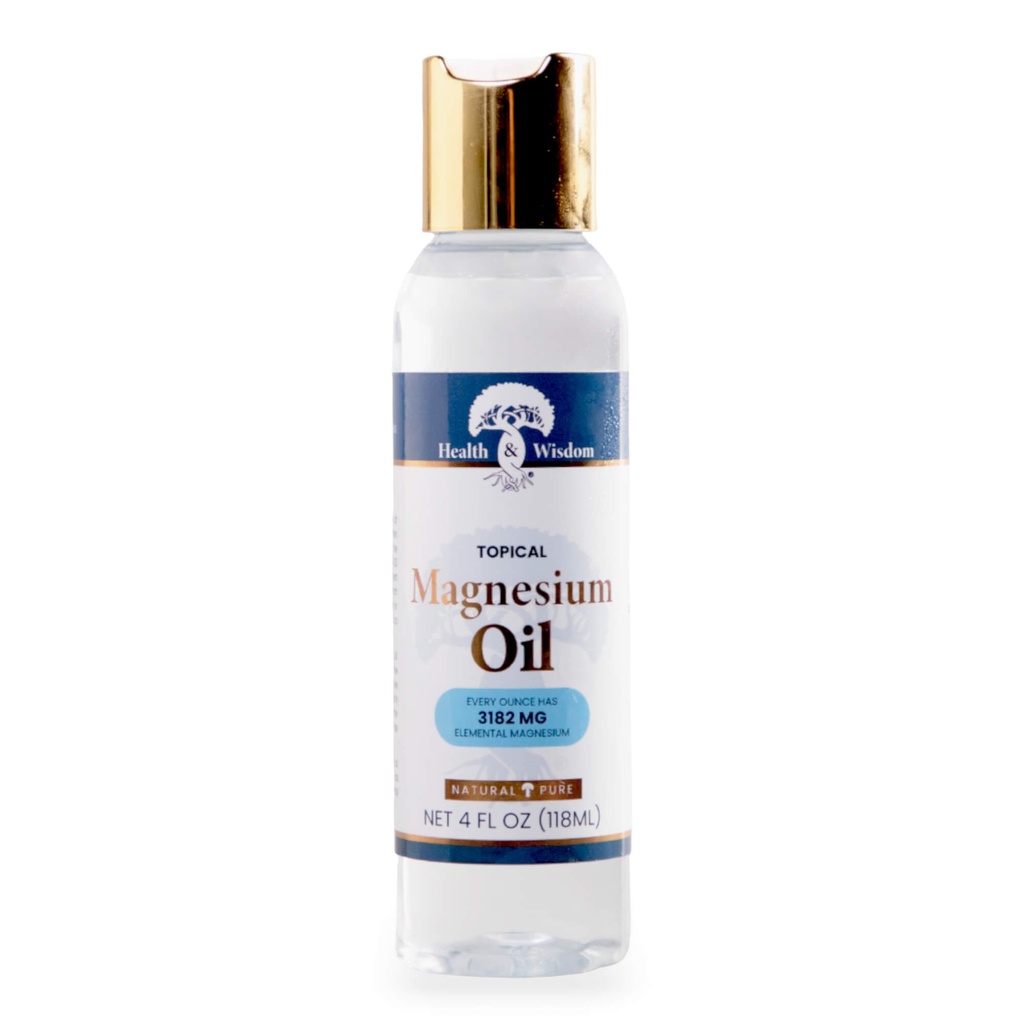
Magnesium Oil
https://life-enthusiast.com/shop/hwmo-magnesium-oil-3274 https://life-enthusiast.com/web/image/product.template/3274/image_1920?unique=ae82545Easy Mineral Supplement
- Soothes Nervous System for Deeper Rest
- Helps Relieve Joint and Muscle Pain
- Helps Overcome Stress and Bad Moods
Terms and Conditions
30-day money-back guarantee
Shipping: 2-3 Business Days
Fast and effective Magnesium Oil helps relieve stress and more...
- Magnesium is critical for your cellular health, nervous system, and regenerating and maintaining living tissue.
- Magnesium is an essential nutrient for virtually every reaction in your body.
- Supports cellular regeneration.
Magnesium is involved in almost all cellular processes in your body. It is traditionally used to relieve pain from inflammation and stiffness.
It is the most important mineral that your body requires for cellular health (along with calcium, sodium and potassium). It supports maintenance, repairs and regeneration of living cells.
It soothes your nervous system (providing deeper rest), and is essential for the production of amino acids that are critical for virtually every chemical reaction in your body.
Enjoy the effects in all your cells.
Most people are deficient in Magnesium. Large scale farming methods do not adequately replenish soil. Over time, foods grown this way are nutrient deficient.
Without enough Magnesium, you may feel effects of magnesium deficiency. High blood pressure and sugar, muscle cramps, tingling and twitches are just some of the symptoms that can result from a magnesium deficiency.
Simply rubbing Magnesium Oil in the needed area may restore balance and alleviate symptoms.
Helps you shift from stress (fight or flight) to relaxation (rest, repair, digest).
Magnesium Oil:
- Magnesium oil helps alleviate joint pain and stiffness
- May prevents cramps and spasms
- Helps treat for resistant skin rashes
- May help manage blood pressure
- Helps soften and smooth wrinkled skin, fade age spots and nourish weathered skin
- Used as a massage oil in physiotherapy and chiropractic applications
- Wonderful food flavor enhancer and dental spray
- Works as a deodorant.
Fast Absorbing and Non-Greasy
Spray on any area of concern as often as desired, to enhance your vitality and reverse the effects of aging, by stimulating regeneration.
Magnesium Oil is an extreme concentrate of the form of magnesium that is the keystone of cellular regeneration. We call it the "Fountain of Youth in a Bottle". It activates your Parasympathetic System and allows you to relax, rest and repair.
An excellent means of absorbing critically needed magnesium and essential moisture for cellular regeneration. This liquid solution of magnesium chloride in energized and structured Living Water gives immediate delivery and absorption into living cells.
Magnesium is critical for your cellular health, your nervous system, regenerating and maintaining living tissue, a nutrient essential for virtually every reaction in the body.
Customer Reviews
I tried the magnesium oil on recommendation for a variety of concerns, but mainly weight issues and ADHD symptoms, and the results are fantastic. I feel better, I look better, and if I'm having a bad day, this really is a magic cure for an attitude adjustment.
March 16, 2011 by Nicole Rating: 5 of 5 Stars!
Let me tell you that since rubbing your magnesium oil into the soles of my feet each night for about 8 months, an ugly scar on my shoulder from a rotary cuff repair is almost totally gone, and the already small scar (1.5) from my hip replacement is also much less visible. It was always thin, but scar tissue under the scar is dissolving and the other one on the side is invisible.
March 9, 2011 by Vera Rating: 5 of 5 Stars!
I love magnesium - it is the missing mineral, of that I am sure. It gets used for migraines, aching muscles, for skin and more. Definitely something worth having. I will be ordering more.
March 7, 2011 by Deborah Rating: 5 of 5 Stars!
I've been using Magnesium Oil for several months now and have seen and felt a big difference in my health. It's a wonder mineral that has been missing from my diet for a long time. Thank goodness for a friend of mine that told me about it. I love the transdermal application use. It's truly a blessing.
March 2, 2011 by Sherry Rating: 5 of 5 Stars!
This Magnesium Oil is not in oil, it is in water. It got its name from the slick feeling when you touch it. It is a saturated solution of USP grade magnesium chloride (MgCl2), derived from pure sea water. It is about 30% minerals. TransDerma Minerals Magnesium Oil is a crystal clear, odor-free concentrate of magnesium chloride that has been energized and restructured using the proprietary process introduced by Dr. Norm Shealy and Jim Carter.
Saturated means that none more can be added into the solution. If you see other numbers claimed by other producers, such as 23,000 mg per oz, that means they are weighing the magnesium chloride hexahydrate before they dissolve it in water. There is only one truth: saturated is an absolute value.
Product |
mg/tsp |
mg/oz |
| Magnesium Oil |
538 |
3182 |
| Magnesium Oil with Aloe Vera |
404 |
2387 |
| Magnesium Gel |
269 |
1591 |
| Magnesium Gel with Aloe Vera |
269 |
1591 |
Directions for Use
Add about 2 oz Magnesium Oil to your daily bath and soak for at least 20 minutes. Let dry and do not rinse it off. After bathing or showering, apply to your skin anywhere, then let dry. Dilute with Energized Water if desired. If you feel the need, you may rinse it off in the shower or bath. Your body will absorb the magnesium it needs.
As a daily foot soak, in a small basin, add enough Magnesium Oil (or dilute 50/50 with Energized Water) to cover the tops of your toes. Soak for 20-30 minutes. When used full strength, the Magnesium Oil may be reused as long as it stays clean. If desired, rinse feet after soaking and towel dry.
Massage Magnesium Oil into your skin (anywhere) to relieve stress & tension.
As a body spray, mix a solution of 50% Magnesium Oil with 50% Energized Water. Spray your entire body and air dry for best results. There is no need for additional washing or rinsing, however, once dried, the natural salts in the Magnesium Oil may be uncomfortable, and rinsing is fine.
Magnesium Oil may be applied full strength. It you experience stinging (it will happen when you apply it to cut, scraped, broken, or damaged skin) use 50/50 dilution with Energized Water. Apply the Magnesium Oil to areas of concern several times a day and massage gently.
For maintaining oral health, apply to your tooth brush, teeth, gums and under your tongue. Even discoloration of teeth can fade. It is effective with abscesses.
Feel free to personalize your Magnesium Gel and Magnesium Oil by adding essential oils, or layering with Coconut Oil for an exotic experience. If using essential oils, remember to shake the blend every time you use it, as the essential oils will separate from the Magnesium products.
Magnesium Oil can be taken internally. As a salt substitute it can be sprayed onto foods. A little amount mixed in fruit juice takes away the sour taste.
Try a Pump Dispenser for your one gallon container.
Recommended Use
Promotes better and deeper rest. Helps relieve pain and relax nerves. May lower stress to feel more calm and centered.
